Annual Review of Clinical Competencies
The Orthopaedic ARCP process runs twice a year. Each trainee has an ARCP once a year. This is usually a face to face meeting in years ST4, ST6 and ST8. In years ST3, ST5, and ST7 it is likely that you will not be invited to attend the ARCP. The ARCP panel will review your portfolio and discuss your training needs without you present. It is therefore essential to ensure your elogbook and ISCP portfolio are up to date with all evidence located in the appropriate sections.
ARCP Waypoints:
At ST4, ST6 and pre CCT you will be expected to meet the criteria setout in the waypoints on the PDFs below in order to ensure you are reaching the nationally set standards for training.
ARCP Requirements:
- An up to date copy of CV uploaded to ISCP
- Minimum 20 PBAs showing progress (Level 1 – 4)
- Minimum 10 CEX assessments
- Minimum 10 CBD assessments
- Minimum 1 miniPAT per year
- Minimum of one audit per year (2 closed loop audits by the time of CCT) – uploaded to ISCP Evidence section
- Logbook – an average of 300 cases per year – viewed through the eLogbook linked to ISCP – making progress towards indicative numbers
- Involvement in teaching: written feedback from one lecture/presentation per year minimum
- Completed Form R (Part B)_Apr2015
- Guidance Form R (Part B)_Apr2015
- Completed Surgical Training Record – Purple Form doc EoE 2015
- Evidence of any published papers uploaded to ISCP
- A good attendance record at Thursday teaching sessions (>70%)
- Valid ATLS certificate
- Achieving progress and the development of competencies at the expected rate
- Development of specific competencies required – additional training time not required
- Inadequate progress by the trainee – additional training time required
- Released from training programme with or without specified competencies
- Incomplete evidence presented – additional training time may be required
- Gained all required competencies; will be recommended as having completed the training programme and for award of a CCT or CESR
Indicative procedures:
- Carpal tunnel decompression (30)
- Knee arthroscopy and arthroscopic procedures (40)
- TKR (40)
- THR (40)
- DHS (40)
- Hemiarthroplasty (40)
- 1st ray surgery (20)
- External fixation (5)
- Weber B ankle (40)
- Tension Band Wiring (olecranon or patella) (10)
- IM nailing (30)
- Any Tendon repair (20)
WBAs:
- Evidence of progress from level 1 towards level IV for all primary PBAs
- Minimum of 40 per year with a satisfactory split of PBAs (20) vs CBD (10) / CEX (10)
- WBA’s in Critical Conditions progressing towards level IV by CCT
- Compartment syndrome.
- Neurovascular injuries.
- Cauda equina syndrome
- Immediate assessment, care and referral of spinal trauma.
- Spinal infections
- Complications of inflammatory spinal conditions.
- Metastatic spinal compression.
- The painful spine in the child.
- Physiological response to trauma.
- The painful hip.
- WBA’s in Critical Conditions progressing towards level IV by CCT
- Satisfactory MSF’s (at least one per year)
- Timetables of jobs uploaded to ISCP
Courses:
- ATLS® provider certificate valid at CCT
- Appropriate use of study leave
Research:
- Progress towards a minimum of 2 peer reviewed publications. (including instructional notes and literature reviews)
- Progress towards 2 presentations at national meetings before CCT
- Research GCP Course prior to CCT
Audit:
- One audit per year, 2 completed loops prior to CCT
